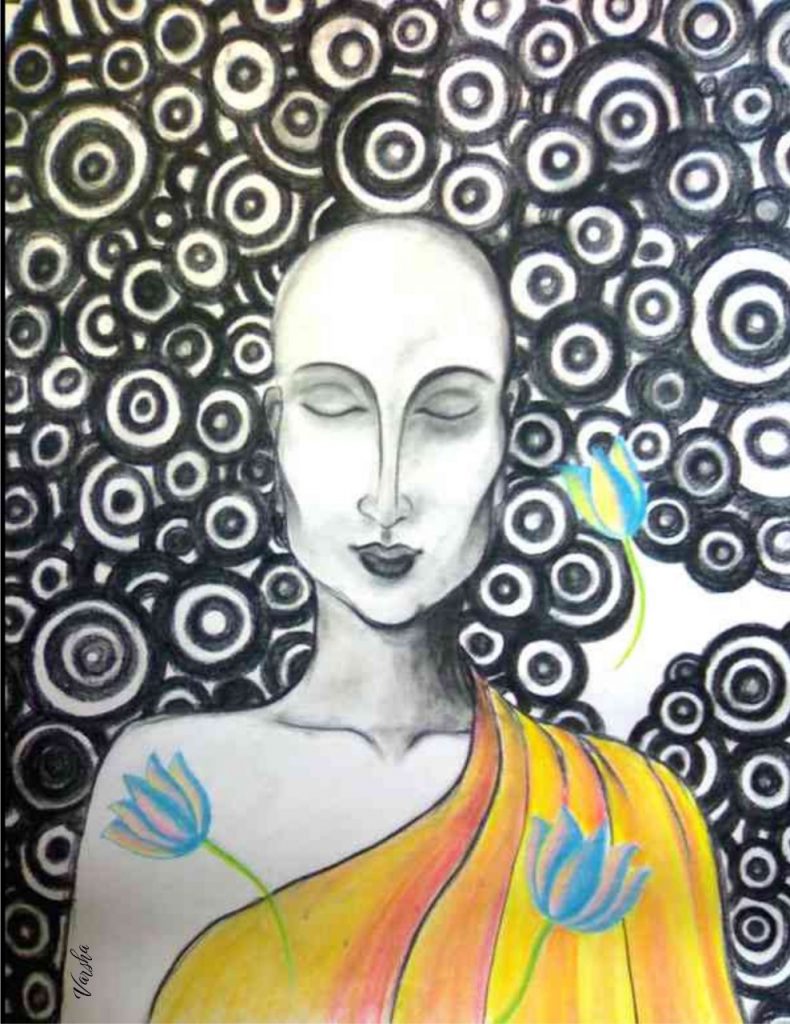Embracing the Truth We All Share
Death is the one truth we all share. It doesn’t discriminate. It comes to the young and the old, the rich and the poor, the kind and the cruel. And yet, our feelings about death shift with the context.
When someone we love dies, we grieve deeply, feeling as though a part of ourselves has been torn away. When someone we resent dies, we might feel relief—and though rarely spoken of, that too is real. When thousands die in wars, disasters, or from disease, we may pause briefly, perhaps say a prayer, and then move on with our lives.
It is not death itself that most of us fear. Rather, it is what death takes from us: the people we love, the stability we depend on, the future we imagined. It is also what death leaves behind: unfinished stories, unresolved conflicts, and the haunting silence of absence. And perhaps most of all, we fear what we don’t know—what lies beyond, if anything at all.
To soothe this fear, we create stories, beliefs, rituals, and traditions. Each culture builds its own narratives— heavens and rebirths, ancestors who watch over us, or simply the quiet return to the earth. These stories help us make sense of what otherwise feels unbearable, keeping our own spirits afloat.

But maybe, just maybe, death does not have to remain such a terrifying mystery. If we stop fighting it, fearing it, or overly romanticising it—and instead learn to accept it as a part of the human journey—death begins to look less like an enemy, and more like a teacher. It reminds us of the impermanence of all things, urging us to live more fully, love more deeply, and let go more gently.
Those who have worked in palliative care often witness this truth in its simplest, most profound form. Patients and families, when supported with compassion and dignity, often find that the end of life is not just about loss—it is also about meaning, connection, and closure. Conversations about death do not diminish life; they enrich it.
Death will always remain a profound mystery, but it need not be a fearful one. By embracing it as a part of life, we allow ourselves the freedom to live more openly, to love more courageously, and to part with a little more peace
– Varsha Panicker
(Communications Designer, Artist, Textile Enthusiast)
Painting: The Blue Lotus conveys equanimity—the stillness of the mind amidst chaos, the ability to remain centered and at peace no matter the circumstances. (Charcoal & crayon)




